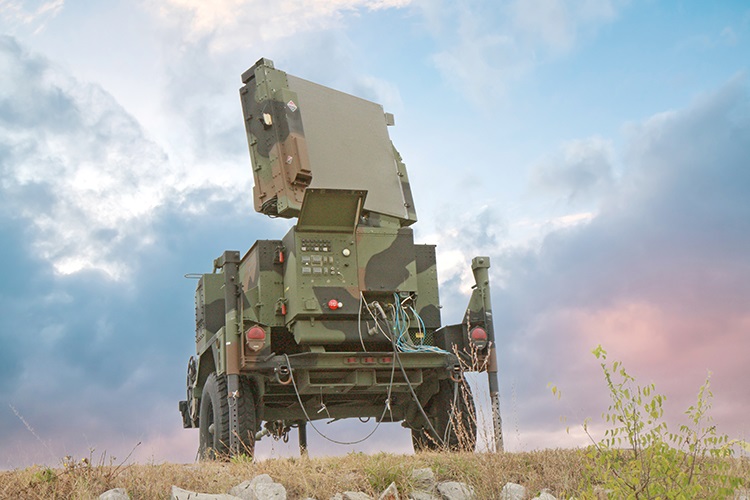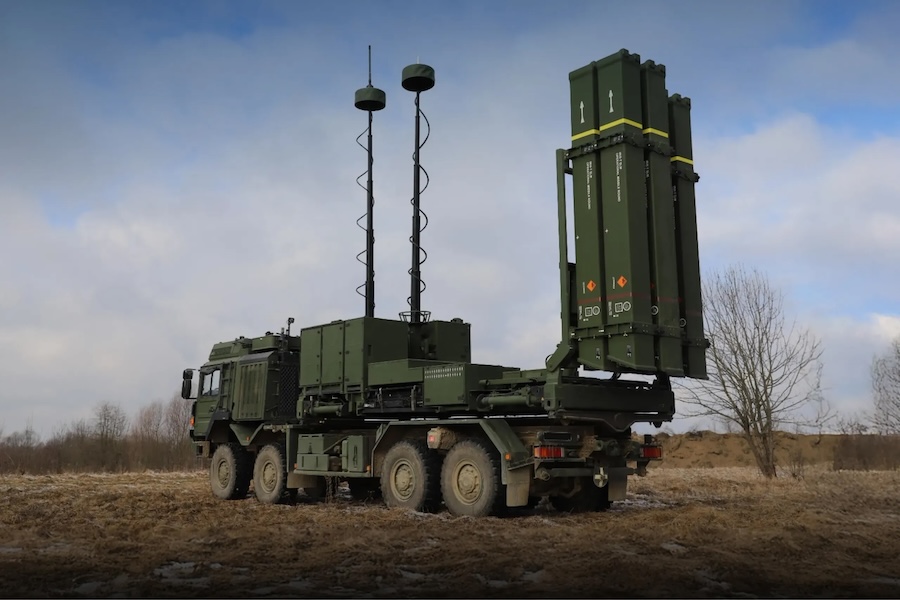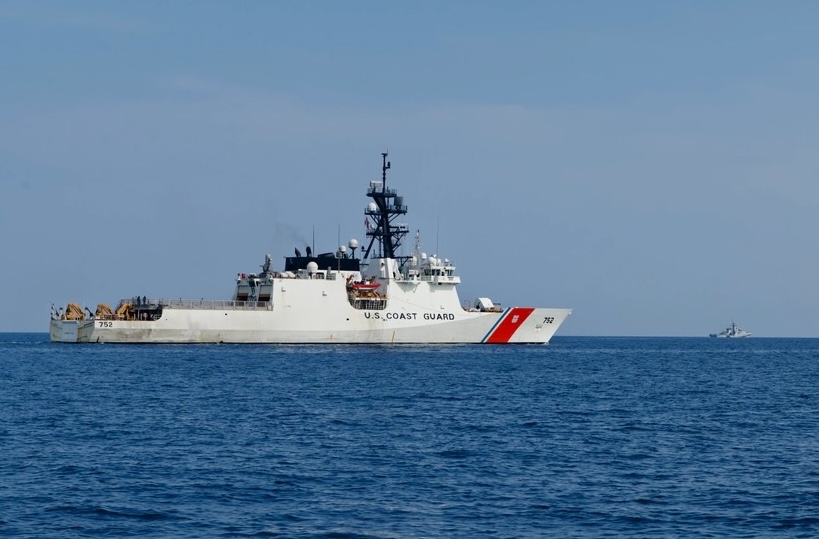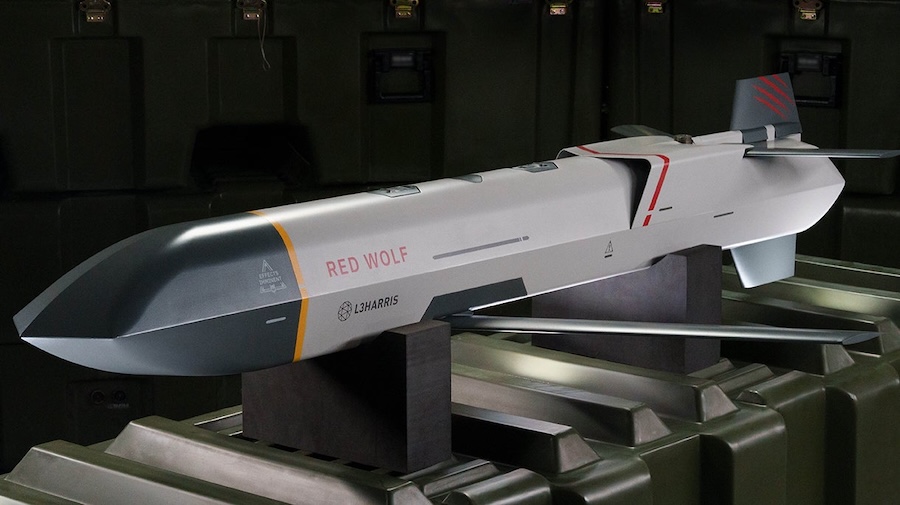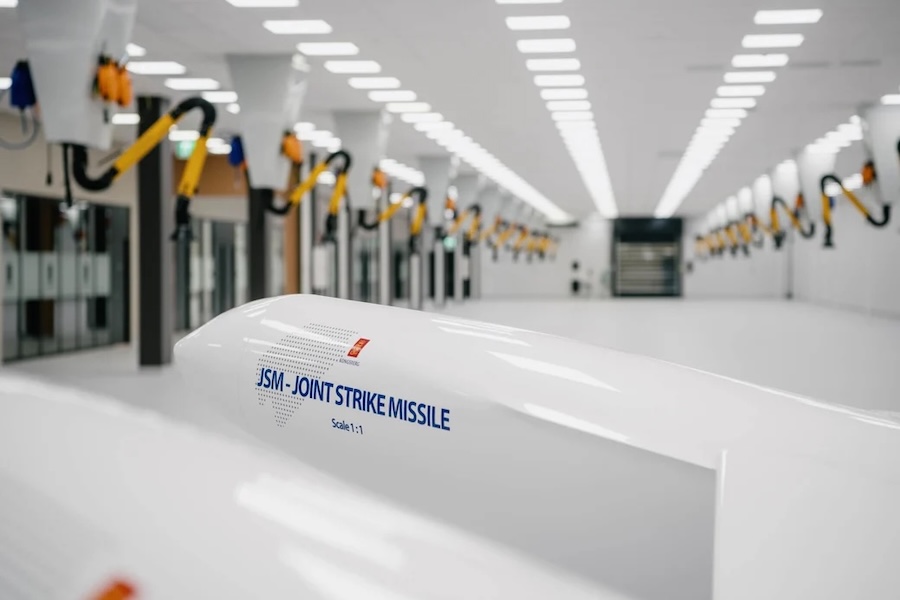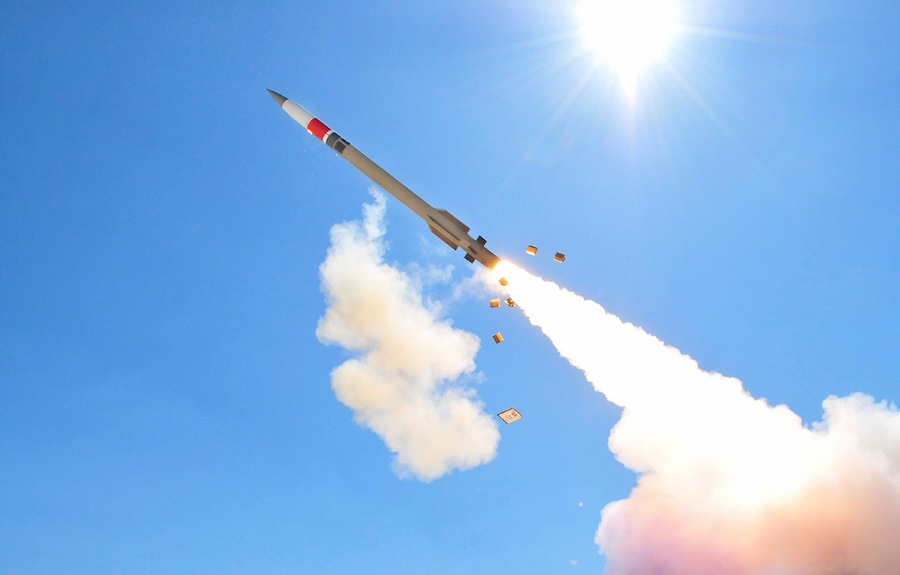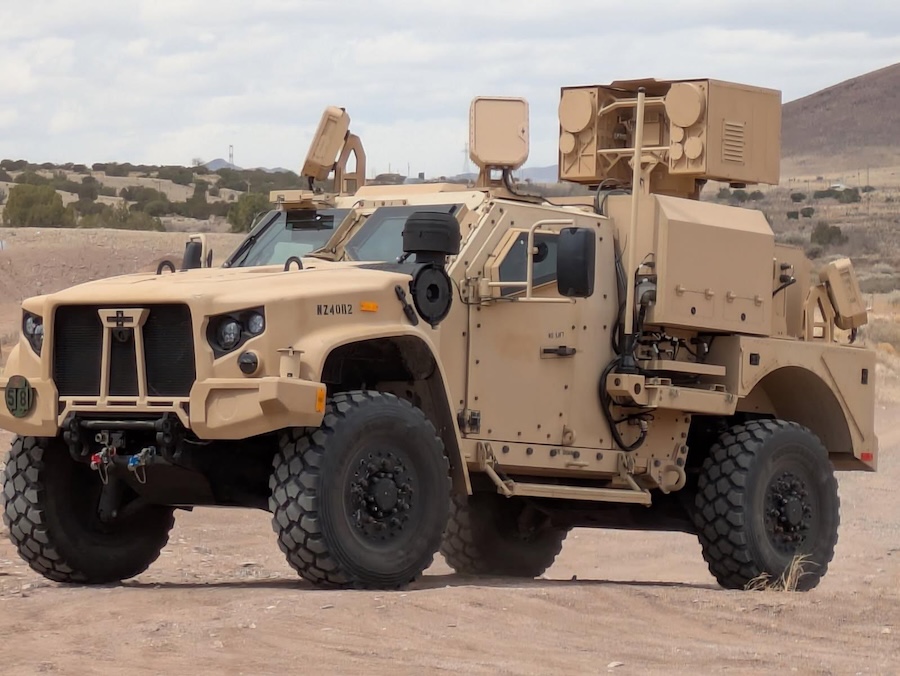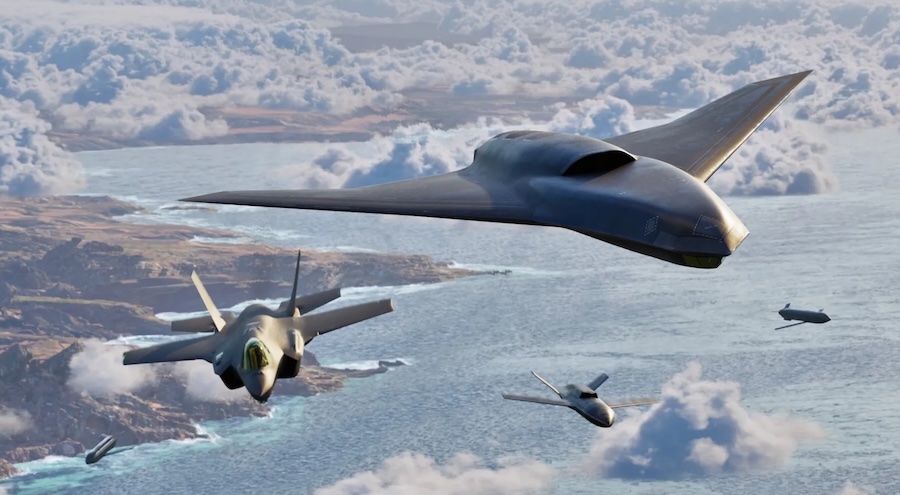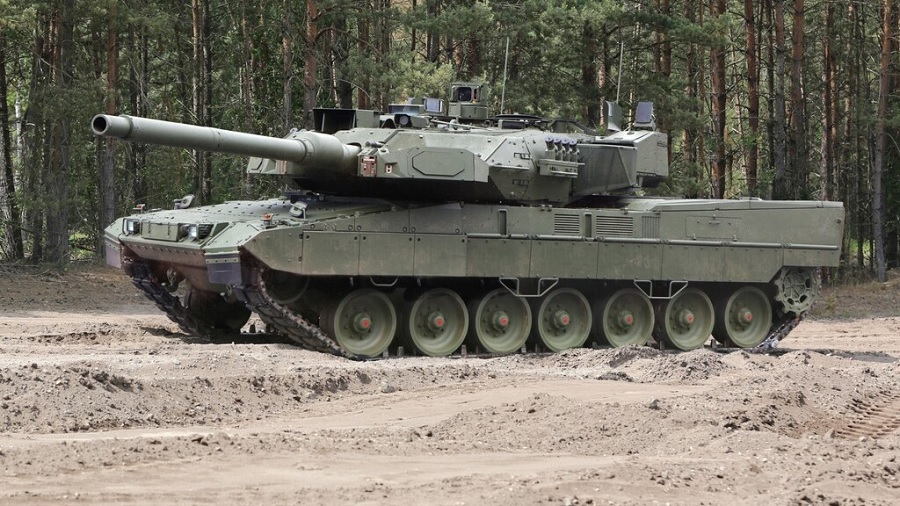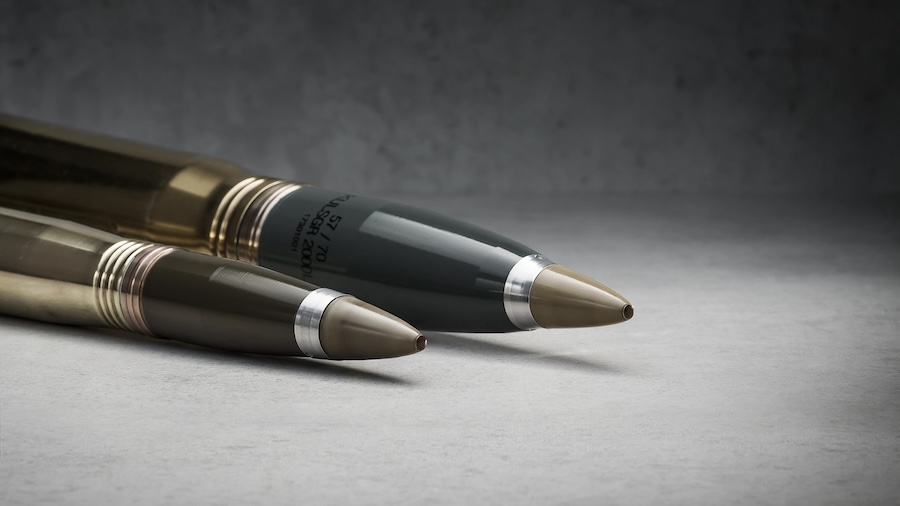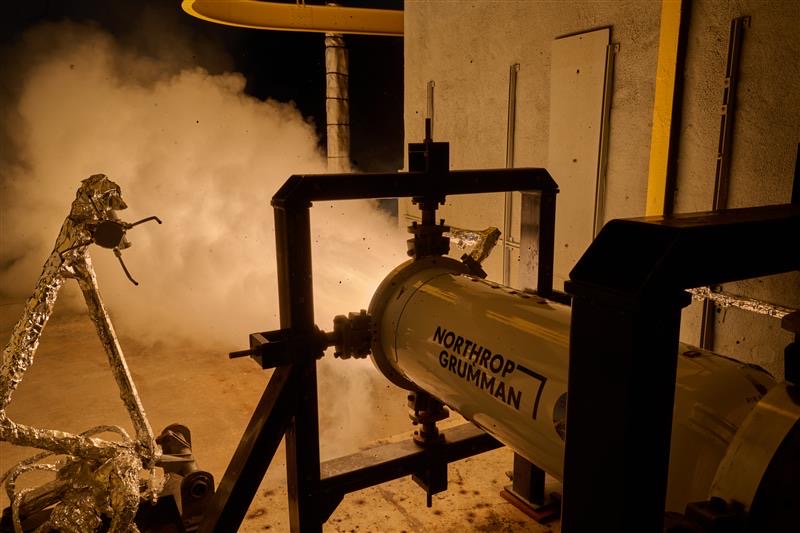The Final EIS also outlines proposed mitigation measures to avoid, reduce, or manage any identified environmental consequences. This release marks a major milestone in a multi-year process involving extensive data collection, analysis, and public engagement.
Three public scoping meetings were held in 2023, followed by two public meetings on the Draft EIS in 2024, with public and stakeholder comments considered and addressed in the final document. A decision on the action will not be made until at least 30 days after the Final EIS publication.
“This EIS release demonstrates that the Department of Defense is dedicated to transparency and protection of habitats as we bring together advanced missile defense technologies to defend the U.S. homeland on Guam,” said U.S. Navy Rear Adm. Brett Mietus, commander of Joint Region Marianas. The MDA and U.S. Army have encouraged the public to view the Final EIS online or in print at designated Guam libraries.
Guam holds critical strategic importance for the United States in the Indo-Pacific region, serving as a key base for deterrence, crisis response, and maintaining regional stability. As a U.S. territory, any attack on Guam is considered a direct attack on the United States and would prompt an appropriate response.
While current defences are capable against today’s regional ballistic missile threats, adversary capabilities continue to advance. U.S. Indo-Pacific Command has called for a fully integrated 360-degree EIAMD system to counter these emerging threats as soon as possible.
The proposed system will include components from the MDA, U.S. Army, and U.S. Navy, such as missile defence radars, sensors, interceptors, launchers, and command and control systems. These will be deployed across multiple sites to provide persistent protection against cruise, ballistic, and hypersonic missile attacks.
Sixteen proposed sites have been identified across Department of Defense (DoD) lands on Guam, though limited real estate actions on non-DoD properties may be required. If approved, construction would begin in 2025 and continue for approximately ten years, with phased operational capability introduced as sites are completed.
The EIAMD system would become fully operational after final testing and system-wide verification.
Source: Missile Defense Agency (MDA).




